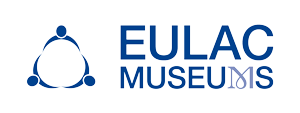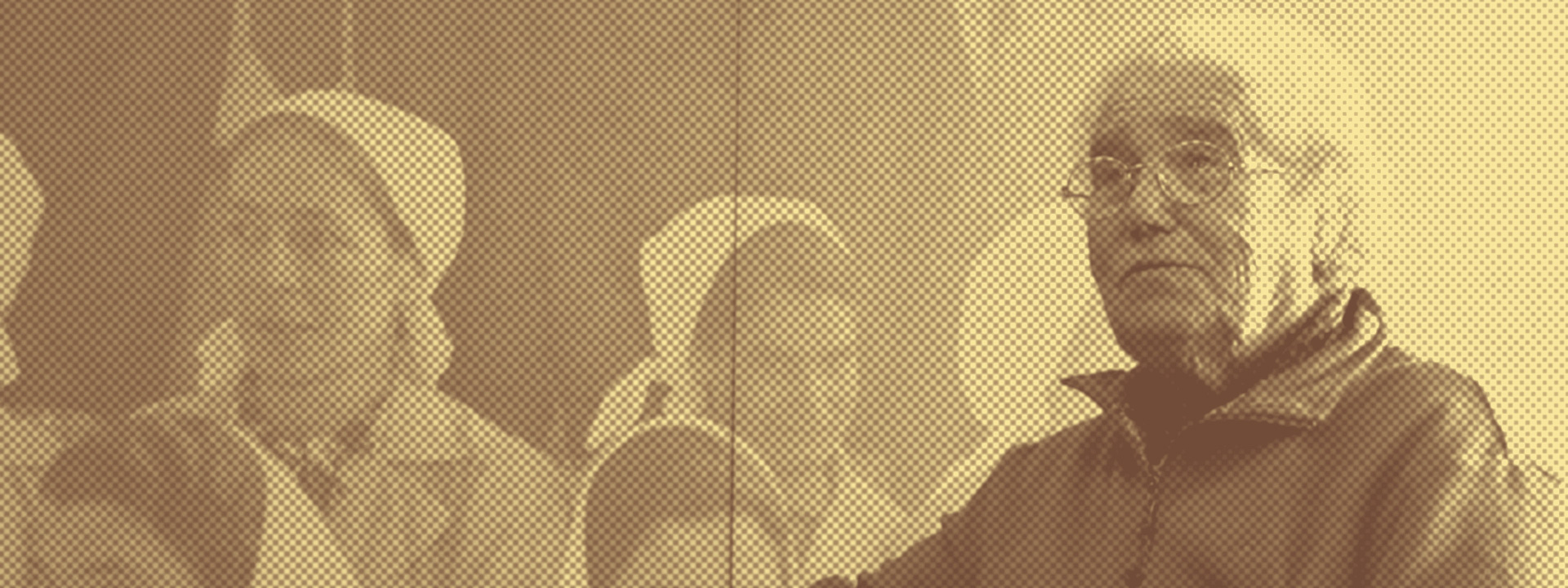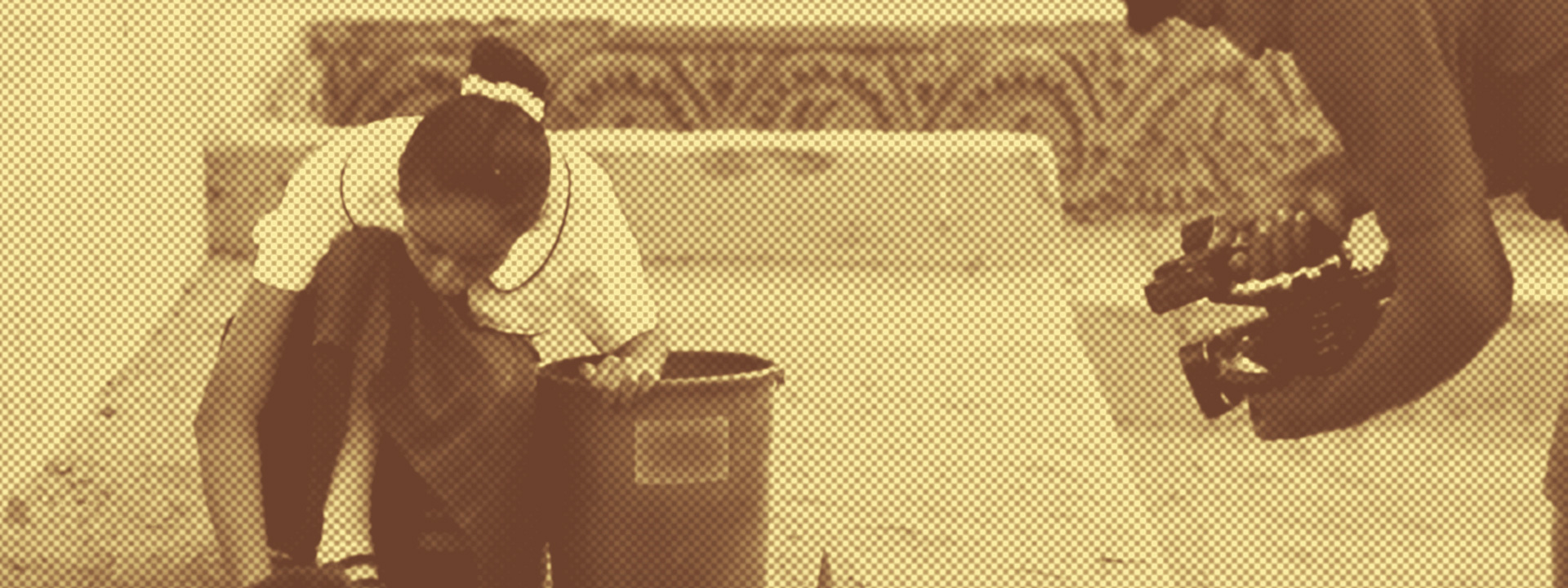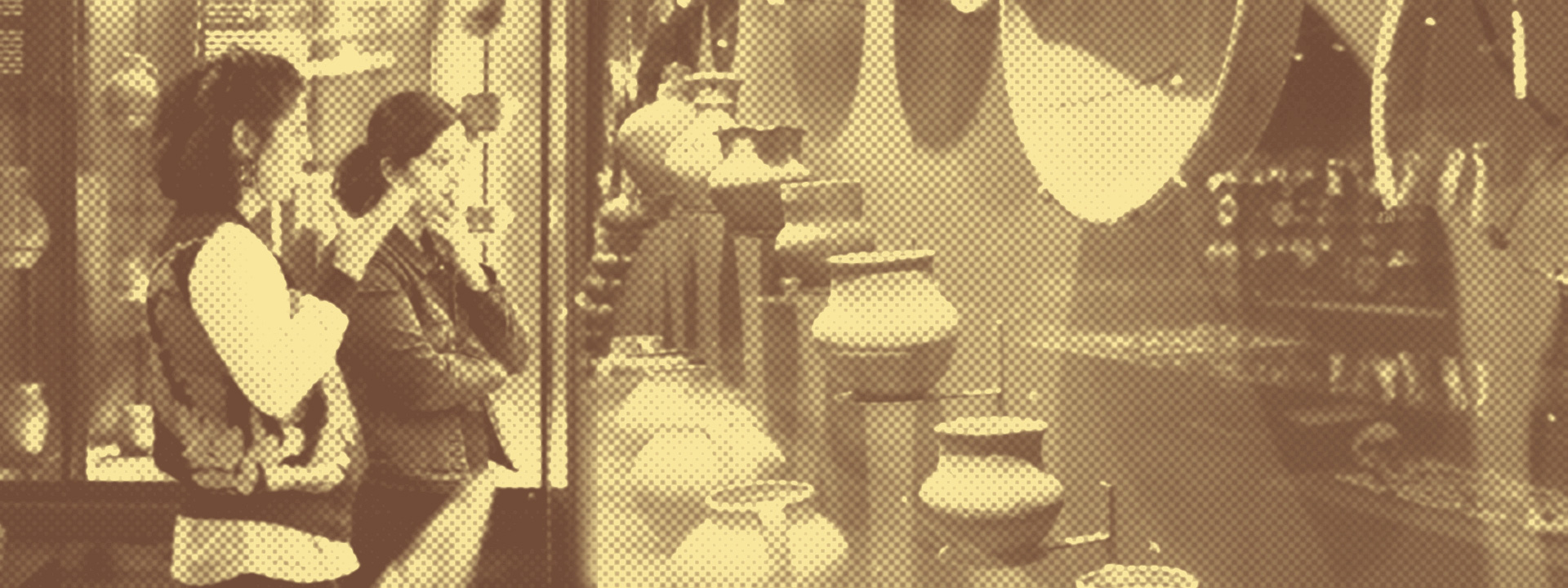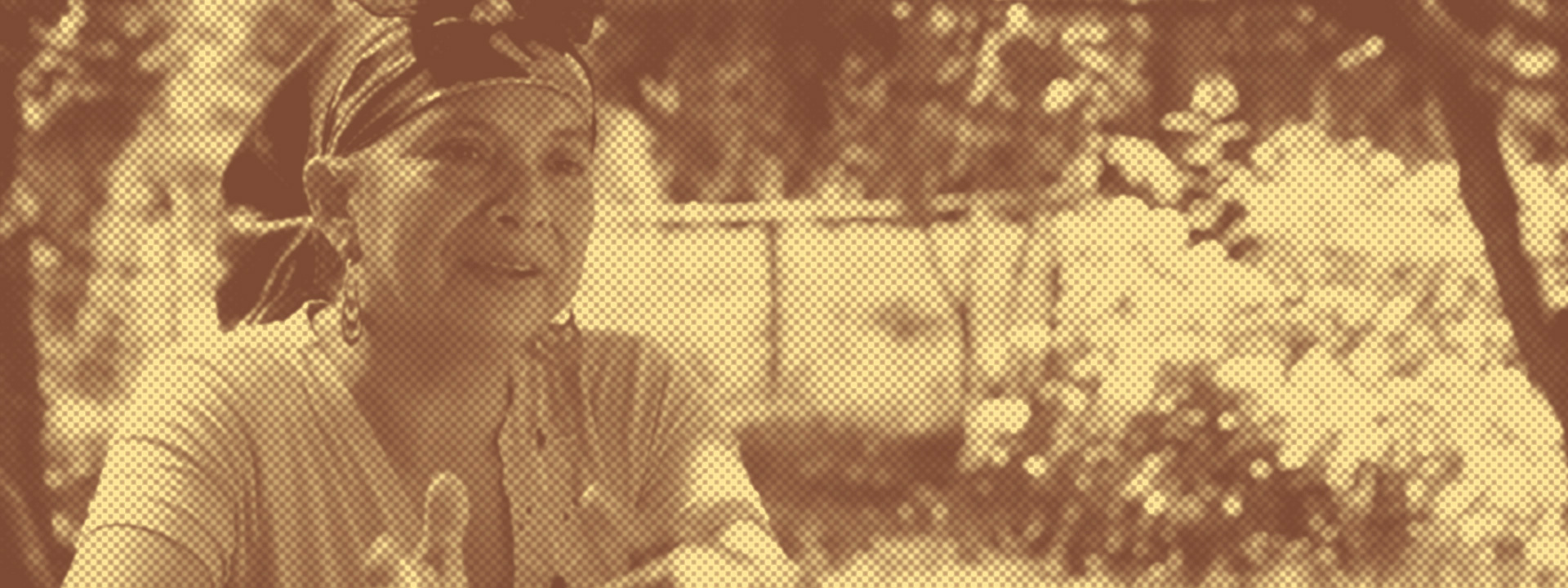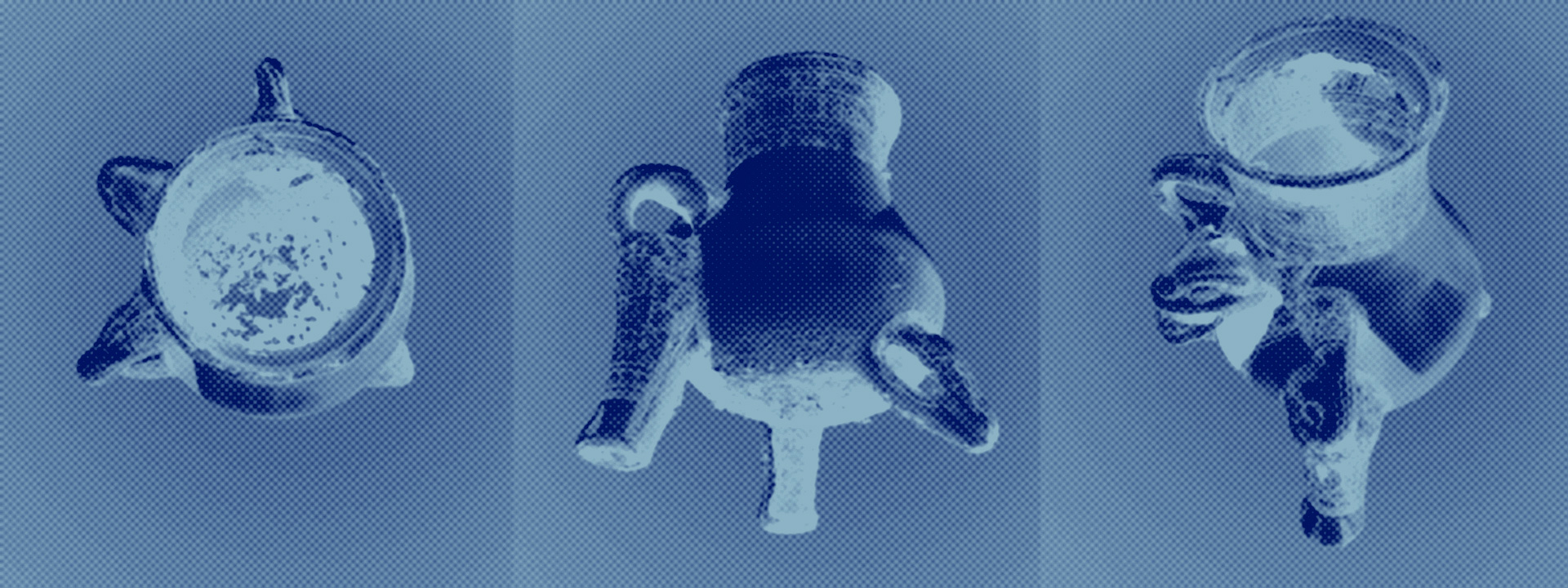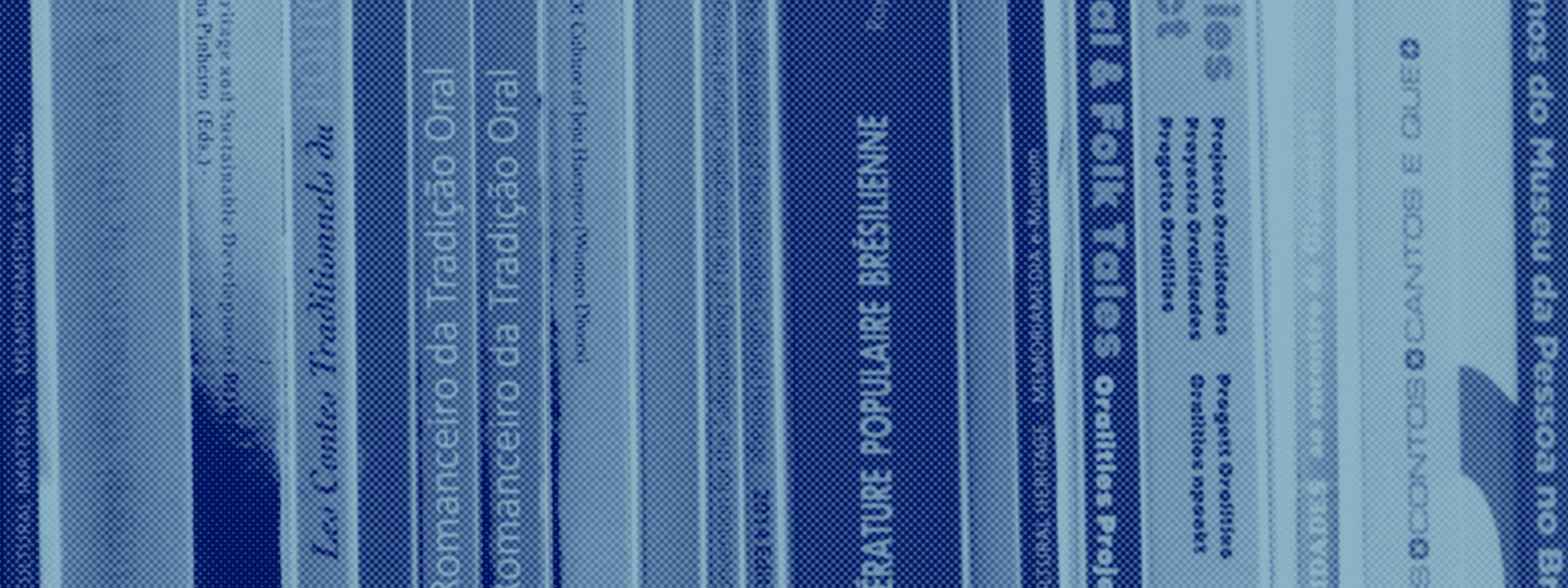PortugalNational Archaeological MuseumPortuguese Consortium Member |
Museu Nacional de ArqueologiaMiembro Portugués del Corsorcio |
|
|
The National Archaeological Museum was founded in 1893, joining the past (archeology) and present (ethnography) with the intention of representing "the Portuguese Man". Throughout its history the museum has maintained close ties of collaboration from north to south and still today, it is the most local of all national museums. It is therefore in the best position to support and promote the community movement of museums in Portugal. |
El Museo Nacional de Arqueología fue fundado en 1893, juntando pasado (arqueología) y presente (etnografía) con con la finalidad de representar "el Hombre Portugués". Durante toda su historia mantuvo estrechos lazos de colaboración de Norte a Sur y aún hoy es el más local de todos los museos nacionales. Es en las mejores condiciones para apoyar y promover este movimiento comunitario de los museos en Portugal. |
|
|
The National Museum of Archaeology (DGPC/MNA) occupies a central place in the EU-LAC-MUSEUMS project, for the creation and maintenance of the technological/innovative support of the project and also for the coordination of communication and dissemination of the project. In addition, like the other partners, the MNA will conduct research into the Portuguese experiences of community museology. |
El Museo Nacional de Arqueología (DGPC/MNA) ocupa en el proyecto EULAC MUSEUMS un lugar central, por la creación y mantenimiento del soporte tecnológico/innovador del proyecto y también por la coordinación de las acciones de comunicación/diseminación del mismo. Además, como todos los demás socios, el MNA conducirá un proceso de investigación de las experiencias portuguesas en el ámbito de la museología comunitaria. |
|
